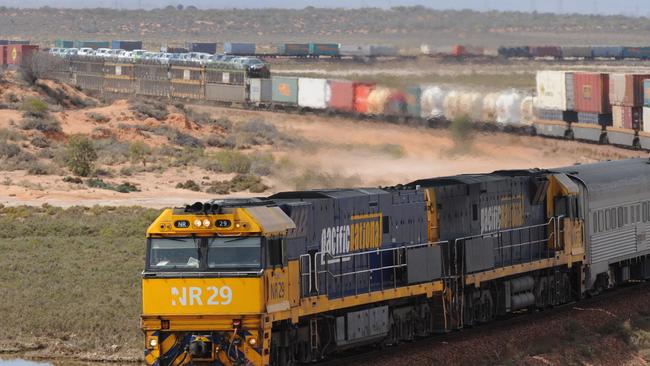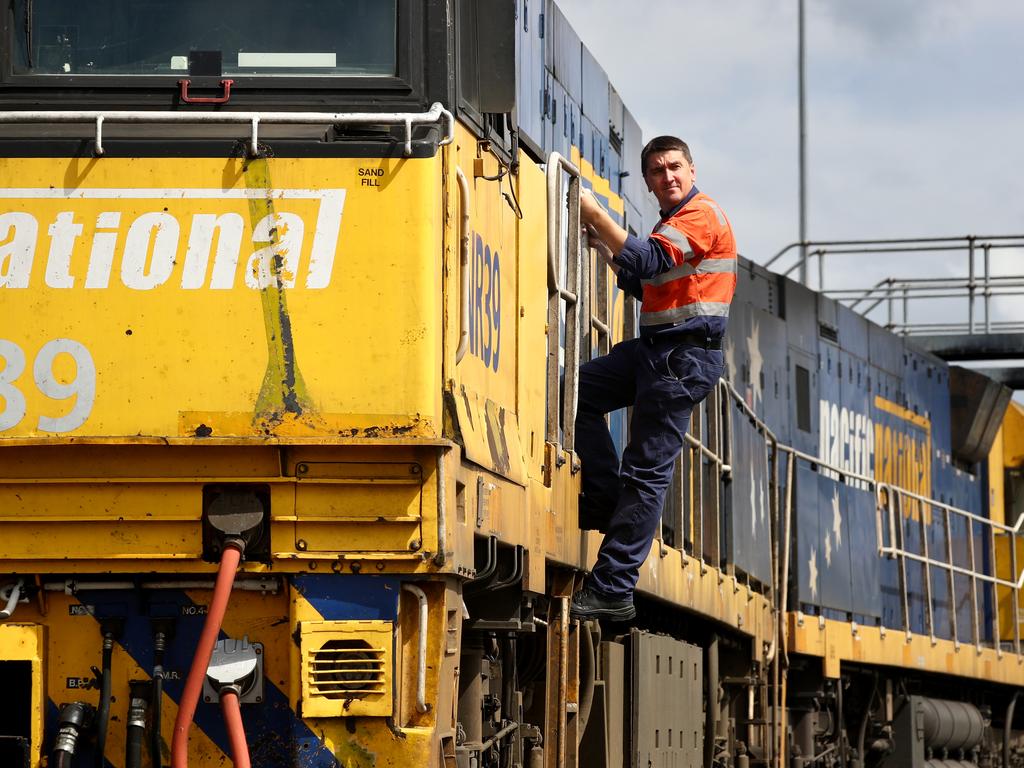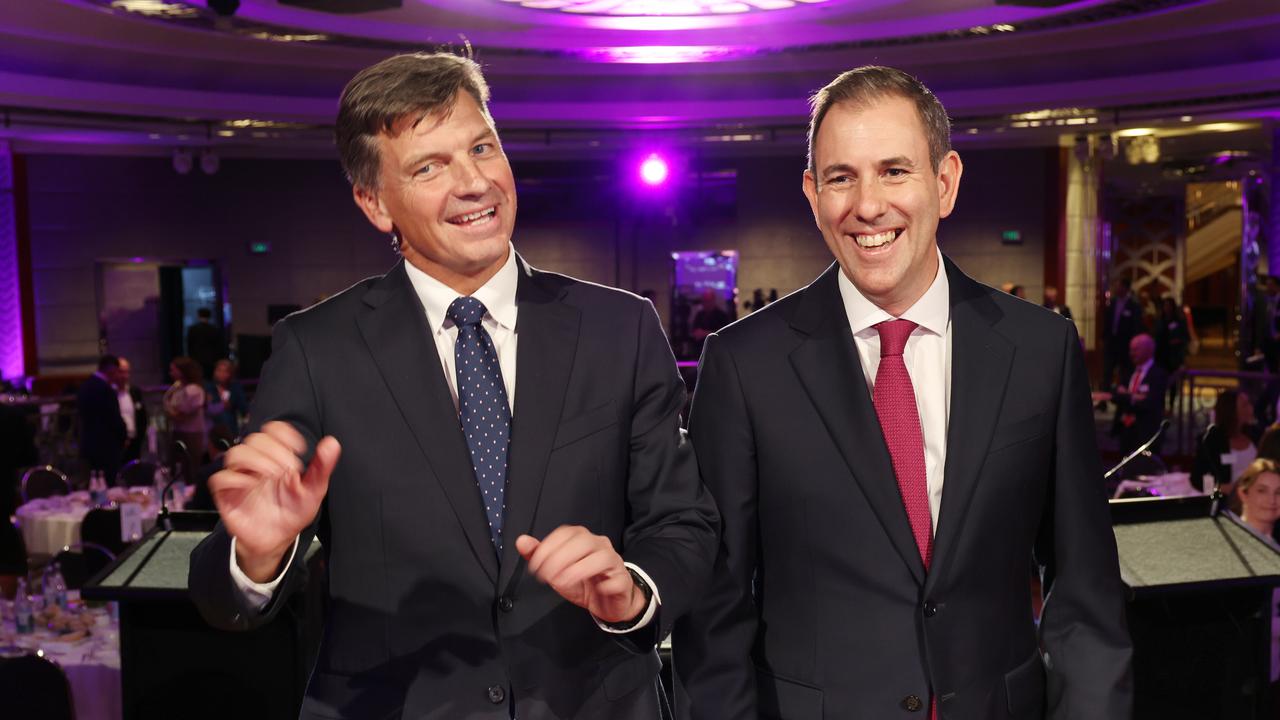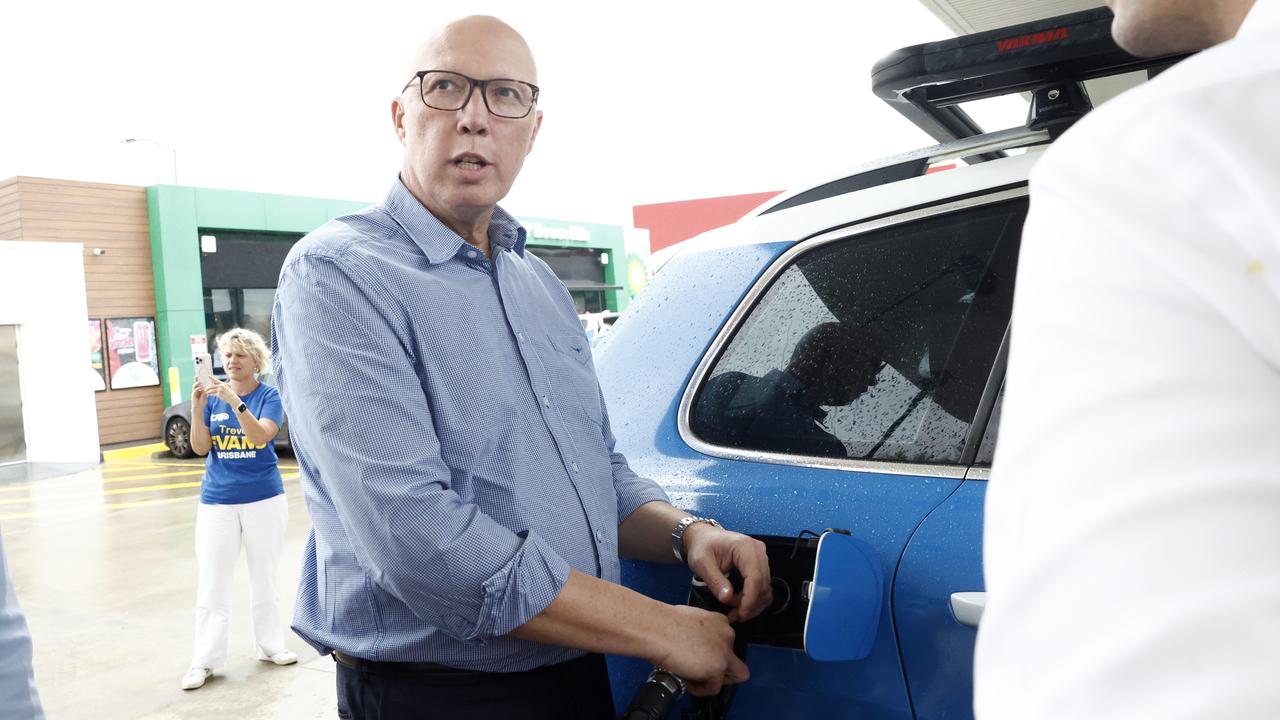
The Australian Rail Track Corporation, the government-owned body that owns most of the network, after being in crisis denial for years, has finally disclosed the grim details of freight traffic on Australia’s longest rail journey – the east coast to Perth across the Nullarbor.
My alert last month did not go far enough.
The two major rail operators, Pacific National and SCT, knew the situation was bad but they had no idea that it was as bad as the ARTC has finally revealed.
The freight rail journey from the east coast to Perth generates the bulk of its revenue from dry freight and that rail market share, which was once above 60 per cent, is now down to 54 per cent. Road now takes 25 per cent and sea 21 per cent.
And while there was relief when during the peak of the C0VID-19 crisis there were no ships, alarmingly, rail volumes have fallen by at least nine per since 2013. Add the rail decline across the Nullarbor to the fact that Sydney - Melbourne freight is down to a disastrous one per cent of the market and Sydney-Brisbane is around 5 per cent, no longer can there be crisis denials.
Ironically the chairman of the ARTC is former Nationals party leader and deputy prime minister Warren Truss who, when he was transport minister was an architect of the moves that boosted sea and road transport. The rail network now comes under the ambit of the current Nationals leader and Deputy Prime Minister Michael McCormack, who has maintained the Truss strategies.
Truss is an ethical person and it took a recently appointed new ARTC chief executive for the grim details to come out.
The government’s attack on rail has been relentless and efficient, albeit that it lowered transport costs.
On the east coast Truss helped change the rules so that empty container ships with low-cost foreign crews could cut rail’s east coast dry freight charges to Perth by about 30 per cent, although the time taken was longer.
The rail operators have now been notified by customers of a looming swing to sea because the COVID-19 crisis has forced them to use foreign crews to reduce costs. The sea market share is set to rise. And road is exploding partly because around 2015 Truss froze a chunk of road charges. McCormack has continued that Truss freeze.
But apart from a short COVID-19 relief the government via the ARTC continues to lift track charges each year by the CPI. Rail charges now represent a crippling 30 per cent of rail costs. Road pays nothing like that proportion for the use of its “tracks”. The government and McCormack has a clear pro-road policy.
And the head of Australia Post Christine Holgate has picked up the message and the exploding APO and Star Trek parcel volumes are all taken across the Nullarbor by truck.
Massive transformation
But the government’s pro-road campaign has been too successful. No country in the world has undertaken such a massive transport transformation. The Sydney-Melbourne line is now totally uneconomic and the big budget deficits may force its closure so land passengers will travel by bus. The Hume Highway is a massive truck roadway and the trucks are getting bigger and bigger.
The Brisbane-Sydney line is also uneconomical at current freight levels and will go the same way as Sydney-Melbourne.
But the government via ARTC is spending hundreds of millions on the Melbourne-Brisbane inland route. However it is being blocked by farmers who say it will increase the damage floods will cause and they are backed by opposition leader Anthony Albanese. It might be possible to change the route but by the time it’s done, the battle will be all over and with vast sums also being spent to improve the Newell Highway, road will have taken over. For the road operators it’s good to have Albanese “on board”.
No industry can stand the sort of favourable treatment road has received over rail, plus the cheap labour that’s available on the ships. In the comments to my previous article it was clear farmers are looking to switch grain transport from rail to road because they can load up on the farm. But the enormous costs to upgrading the road network, including minor roads so it can replace rail, is not costed or paid for by road users.
Through ARTC the government has over $4 billion invested in the track system and that will have to be written down. There is over $400 million in ARTC external borrowings. And each year Warren Truss is congratulated by the government because he increases the ARTC dividend. In 2018-19 ARTC lifted the dividend from $65m to $68m, with no mention of a crisis in the annual report.
If the government wants to forego that dividend ARTC could reduce its rail charges by about 8 per cent and that would make rail more competitive and might reduce looming writedowns.
There is no doubt foreign crews on ships and some excellent work by the road operators to lift productivity has reduced Australian transport costs and what consumers pay.
But when the public discovers what the government has done to rail it could become an election issue. And those using foreign crews should brace for a consumer backlash in an era of increased nationalism.
No one wants to see rail across Nullarbor go the same way as Melbourne to Brisbane.





The crisis facing Australia’s rail network has suddenly become much worse.